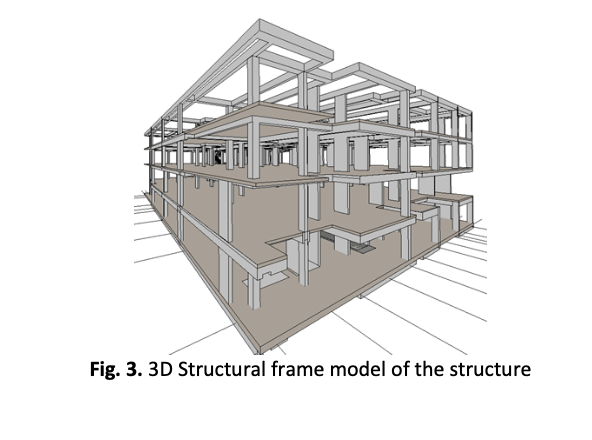The Life Cycle Environmental Assessment of a Sustainable Building Design using a BIM Model
Keywords:
BIM, LCA, global warming, greenhouse gas, carbon dioxide, end of lifeAbstract
Current environmental problems arising from the building sector require tools to help reduce resource consumption and environmental impact. The life cycle assessment (LCA) methodology is one of the most applied ways to evaluate the environmental impacts of buildings and is an important part for sustainability in the construction sector. This research presents an analytical framework for integrating life cycle evaluation of buildings into routine design practices using building information modelling BIM-based approaches. The emphasis was on the integration of LCA and BIM, as well as the interpretation of LCA results within the context of building design. Numerous studies acknowledge that combined use of BIM and LCA can facilitate data collection for the building and offer reciprocal insights to both tools. This project carries out a methodological analysis of the integration of BIM - LCA and, focus on the way that BIM can contribute to simplifying data input, and optimize output data and results during the LCA application in buildings. The findings demonstrate the feasibility of creating techniques utilising BIM models to organise building information for assessing environmental and energy consumption consequences through LCA, encompassing templates and plug-ins for BIM software. Finally, the study outlines methodological challenges and offers recommendations for the application of BIM and LCA tools. The results indicated that integrating LCA analysis into BIM facilitated the efficient development of multiple design alternatives, ensured accurate data collection, enabled transparent outcome processing, and supported a thorough comparison of design options based on defined environmental criteria. Study findings showed that building designer decisions can be influenced by the LCA interpretation method or concept, which can lead to diverse design decisions. Additionally, through a real-life case study, we underlined that the LCA concepts should be included in early design stages. This study concludes that the integration of BIM and LCA is feasible, as demonstrated through the methodology developed in this dissertation. It also emphasizes the need for standardized guidance to assist building designers in interpreting LCA results, thereby streamlining the decision-making process when assessing multiple design alternatives.









